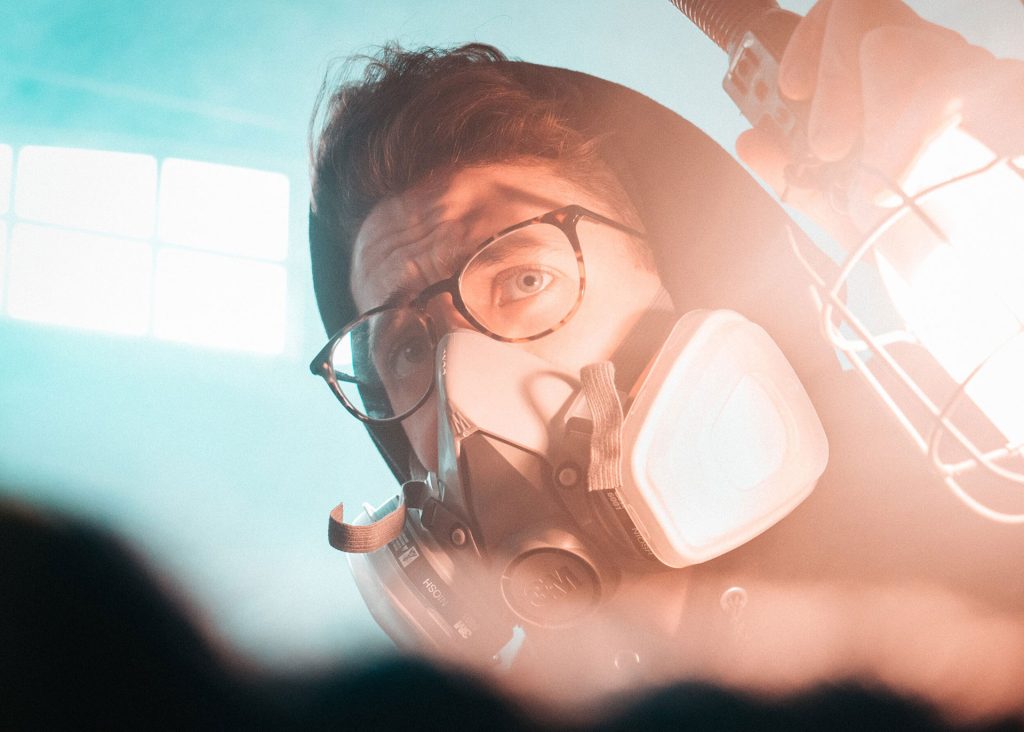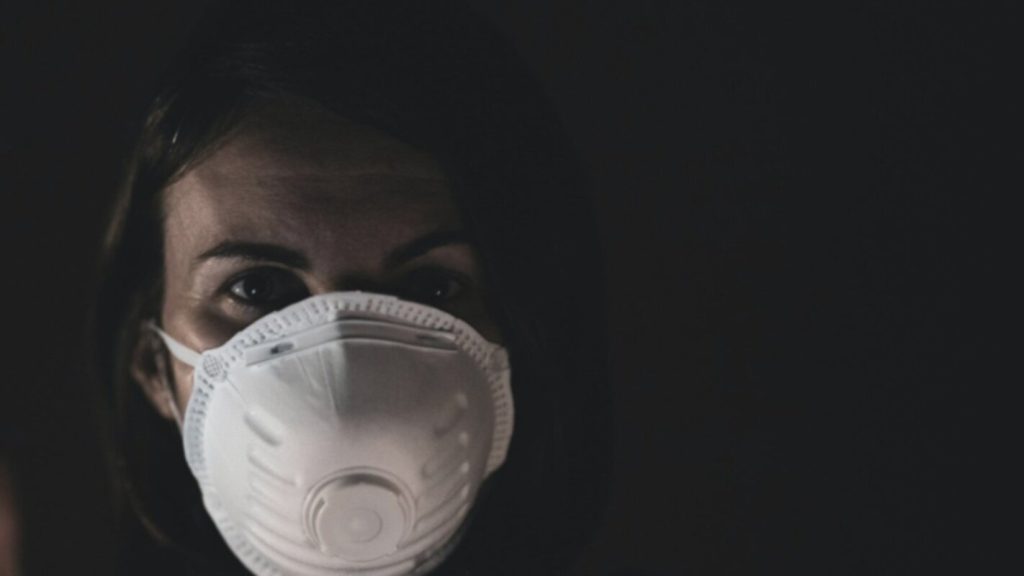Benzene is a volatile organic compound that poses significant health risks when inhaled or absorbed through the skin. Workers in industries such as petrochemicals, rubber manufacturing, and printing may be exposed to benzene above the permissible exposure limits (PEL). Long-term exposure to benzene can lead to severe health problems including blood disorders and various forms of cancer. Employers and workers must take necessary measures to control and prevent exposure to benzene in the workplace. This article provides information on the hazards of benzene exposure, available controls, and the use of respiratory protection to safeguard employees.
What is benzene?
Benzene is a colorless or light-yellow liquid at room temperature, with a sweet smell. It is highly flammable and evaporates into the air very quickly. Its vapors are heavier than air and can sink into low-lying areas. Benzene is widely used in a range of industries and applications, including the manufacturing of plastics, resins, synthetic fibers, rubber, dyes, detergents, drugs, and pesticides. It is also used in the refining process of oils and in chemical reactions.
What are the health risks and effects of exposure to Benzene?
Acute health risks associated with benzene exposure include:
- Drowsiness, dizziness, and unconsciousness in high levels
- Eye, skin, and respiratory tract irritation
- Headaches, confusion, and tremors
Chronic health risks associated with exposure to benzene can lead to various health problems, including:
- Blood disorders such as aplastic anemia and excessive bleeding
- Immune system damage leading to increased chance of infections
- Cancers including leukemia and non-Hodgkin lymphoma
Benzene is classified as a human carcinogen by OSHA and the International Agency for Research on Cancer (IARC).
How are workers exposed to Benzene in the workplace?
Exposure to benzene can occur through inhalation of vapors, skin absorption, and ingestion. Occupational exposure to benzene is most found in industries such as:
- Petrochemicals and Oil Refineries
- Benzene is a natural component of crude oil and is used in the petrochemical industry as a solvent and as a starting material for the synthesis of numerous chemicals.
- Rubber Industry
- Benzene is used as a solvent in the rubber industry and workers involved in the manufacturing process may be at risk of exposure.
- Printing and Publishing
- Workers in the printing industry may be exposed to benzene through inks, glues, and cleaning agents.
- Shoe Manufacturing
- Benzene has been used as a solvent in the shoe manufacturing industry and workers may be exposed during the manufacturing process.
What are the OSHA regulations for Benzene exposure?
OSHA’s permissible exposure limit (PEL) for benzene is 1 part benzene per million parts of air (1 ppm) as an 8-hour time-weighted average. Employers must take measures to keep exposure levels below the PEL, including:
- Exposure Assessments: Employers must assess benzene exposure levels and monitor them periodically.
- Engineering and Work Practice Controls: Employers must use ventilation systems, wet methods, and enclosed processes to reduce employee exposure when feasible.
- Protective Clothing and Equipment: Employers must provide gloves, eye protection, and protective clothing to workers exposed to benzene.
- Respiratory Protection: If exposure cannot be controlled below the PEL, employers must provide adequate respiratory protection to workers.
- Medical Surveillance: Employers must provide ongoing medical surveillance to workers exposed to benzene above the action level for 30 or more days a year.
How can exposure to Benzene be controlled and eliminated in the workplace?
Employers can take several measures to control and eliminate benzene exposure in the workplace, including:
- Substitution or Replacement
- Replacing benzene with less toxic alternatives and materials is the best option if it is possible.
- Example: InkJet Creations, a leading manufacturer of printing inks, recognizes the potential health risks associated with benzene-containing solvents to their employees during the manufacturing process. As they have scientists and chemists on staff, they were able to identify alternative solvents that could offer comparable performance without the use of benzene. Through rigorous testing and experimentation, InkJet Creations discovered a combination of organic and inorganic solvents that could replicate the performance previously achieved with benzene. By taking proactive steps to find and implement alternatives to benzene, InkJet Creations successfully eliminated benzene exposure to their team members.
- Engineering Controls
- Ventilation Systems
- Proper ventilation is essential for controlling airborne benzene. Local exhaust ventilation (LEV) systems such as fume hoods or ducted enclosures are designed to capture and remove benzene-containing vapors at the source.
- Example: RubberTech Manufacturing Company recently secured a contract to produce a large batch of rubber products. Recognizing the potential for benzene exposure during the manufacturing process, RubberTech had to change some of their work processes and equipment to accommodate the new hazard. This included installing local exhaust ventilation systems at individual work stations which were specifically designed to capture and remove benzene vapors generated during production. By proactively addressing the potential exposure, RubberTech was able to minimize the risk to their employees by ensuring that the air in the facility remained clean and free from benzene contaminants.
- Ventilation Systems
- Administrative Controls
- Administrative controls for benzene exposure involve training and educating employees on safe work practices, implementing standard operating procedures (SOPs), establishing workplace policies, and controlling access to restricted areas. These administrative controls complement engineering controls and play a crucial role in reducing benzene-related health risks.
- Personal Protective Equipment
- Employers must provide workers with appropriate PPE including respiratory protection, eye protection, and skin protection, to reduce exposure to benzene if other controls are insufficient.
What respiratory protection should be used to protect workers from Benzene exposure?
Selecting the right respiratory protection for benzene exposure depends on the level of exposure and the work environment. OSHA sets specific requirements for respiratory protection against benzene exposure, which may include air-purifying respirators or supplied air respirators.
The type of respirator filter or cartridge used is critical and depends on the specific level of benzene exposure in the work environment. Benzene exposure may present itself in the form of vapors, and appropriate filters or cartridges should be selected based on the hazard assessment and manufacturers specifications. Proper use, maintenance, and storage of the respirator are also essential. Click here to find information about conducting a respiratory protection hazard assessment in your workplace.
Occupational exposure to benzene poses serious health risks and must be proactively addressed in the workplace. Employers must implement engineering and administrative controls as well as provide appropriate PPE to protect workers from benzene exposure. Both employers and employees need to be educated on the risks associated with benzene exposure and the necessary precautions to mitigate these risks. By following OSHA’s regulatory standards for benzene exposure and respiratory protection, employers can ensure the safety and health of their workers on the job.
A critical and required step before allowing employees to wear respirators is to conduct a medical evaluation. Vest’s Respirator Clearance system can assist your organization with completion of the Medical Evaluation Questionnaire to medically qualify employees for respirator use. Speak with a Vest representative about respirator clearance.
OSHA Reference: https://www.osha.gov/benzene



